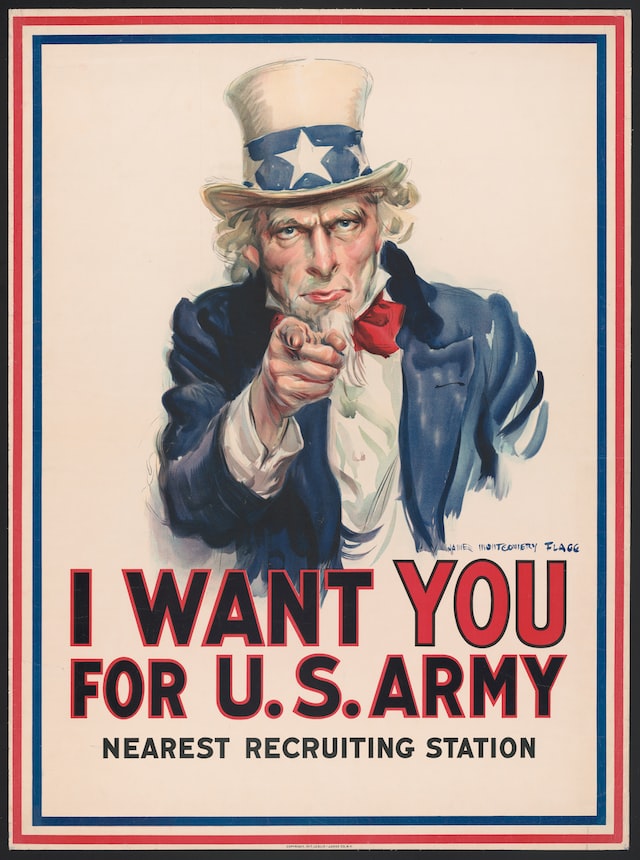With conscription, you are drafted into service and have no say in the matter. Enlistment is voluntary and allows you to choose which branch of the military you want to serve in.
What is conscription?
Conscription is compulsory military service, typically undertaken by men at age 18. It has been used throughout history to build armies quickly in times of need. However, it has also been a controversial practice, as it can be seen as a form of forced labour.
In recent years, many countries have done away with conscription altogether, instead relying on professional soldiers and volunteer forces. However, some countries still maintain draft systems, including South Korea, Israel, and Russia.
What is enlistment?
Enlistment is the process of voluntarily joining the military. Those who enlist typically do so because they want to serve their country or because they see it as a way to further their career.
Why is conscription necessary?
There are several reasons why conscription, or draft, may be necessary. A country may need to increase its military personnel due to an impending war or conflict, or because the current workforce is not sufficient to meet the demands of the military. Additionally, conscription can be seen as a way to ensure that all able-bodied citizens are contributing to the defence of their country.
Some countries have mandatory military service, which means that all citizens must serve for a specified period. Others have Selective Service, which means that only certain citizens (usually men) are required to register for potential conscription.
In times of peace, conscription is less common than enlistment, which is when people voluntarily join the military. However, in times of war or other national emergencies, conscription may be necessary to build up the ranks of the military quickly.
What is conscription called today?
There are many terms used to describe the process of compulsory military service, including conscription, draft, and mandatory enlistment. In the United States, the term “conscription” is most often used in reference to the Selective Service System, which is the federal agency responsible for managing the pool of potential recruits for the armed forces.
The term “draft” typically refers to the process of selecting individuals for compulsory military service. This can be done through a lottery system, as was used during World War II, or it can be based on specific criteria such as age, fitness, and skillset.
“Mandatory enlistment” is another term used to describe compulsory military service. This usually refers to countries where all able-bodied citizens are required to serve in the armed forces for a certain period.
How often do draftees get called up?
There is no definite answer to this question as it depends on several factors, such as the country’s political and military situation, the number of available troops, and the specific needs of the armed forces at any given time. However, in general, draftees are called up much less often than enlisted personnel. This is because enlistment is voluntary and therefore there is a larger pool of potential recruits to choose from. Additionally, enlisted personnel typically have more training and experience than draftees, making them more valuable to the armed forces.
What are the consequences of not registering for the draft?
If you are a man between the ages of 18 and 26 and do not register for the draft, there are a few possible consequences. The most severe consequence is that you can be fined up to $250,000 and/or imprisoned for up to five years. Additionally, you will not be eligible for federal student aid, federal job training, or federal job benefits. You may also be denied citizenship if you are not a U.S. citizen already.
Photo by Library of Congress on Unsplash








